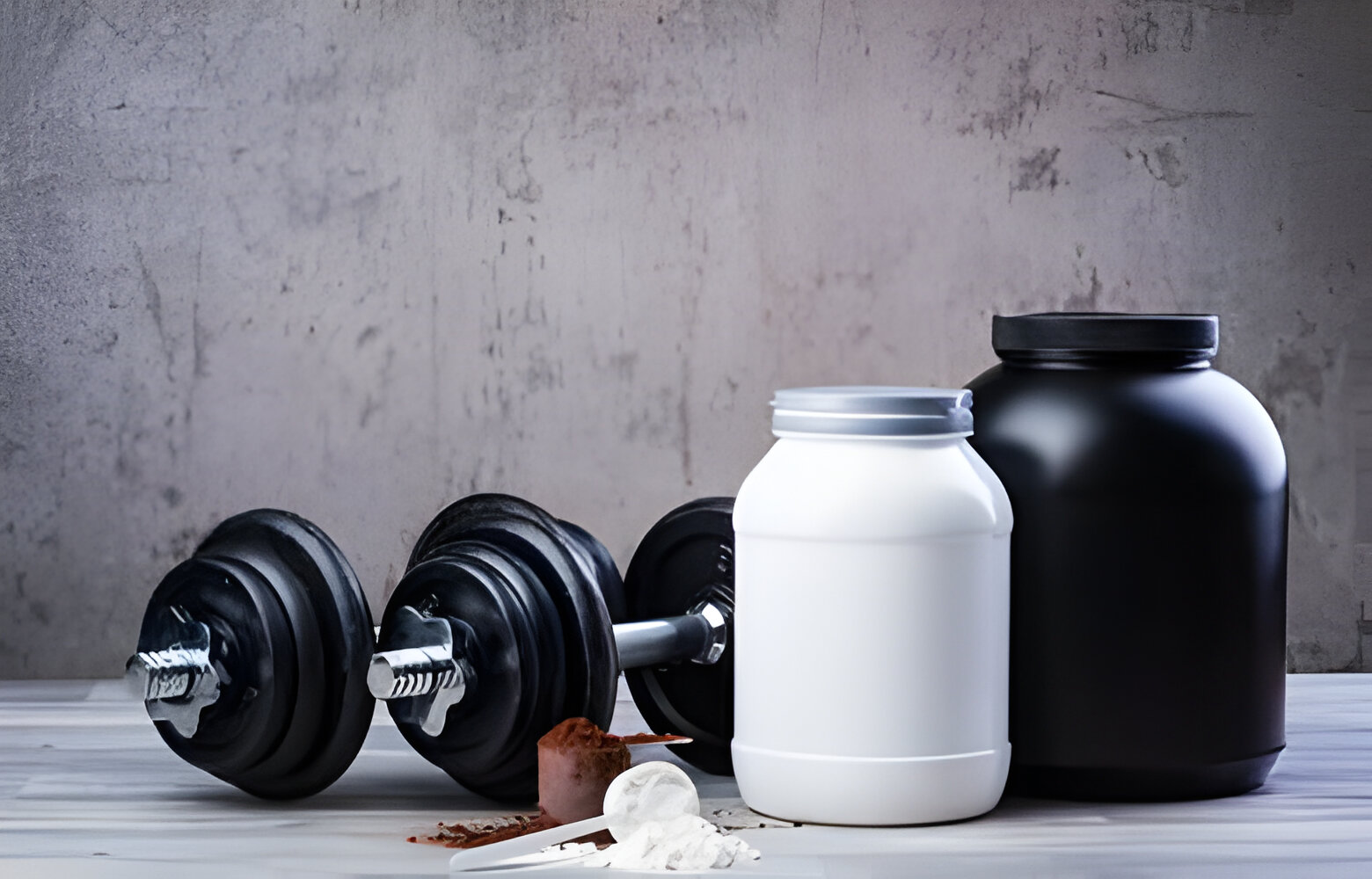What is Creatine?
Creatine is a compound that naturally exists in the body. You will find creatine in your muscles, and it is also present in protein-rich foods such as red meat and seafood.
Creatine mostly exists in another form, such as phosphocreatine or creatine phosphate. The energy source for muscle cells that they need during exercise and physical activity is adenosine triphosphate (ATP), which phosphocreatine helps to produce.
Some creatine is also present in the brain, and other organs in the body, including the liver and kidneys, produce a small amount of creatine daily.
Creatine is an amino acid composed of three amino acids: arginine, glycine, and methionine. Athletes use creatine supplements to achieve better results in muscle mass increase, energy enhancement, and improved athletic performance.
Although creatine is a natural substance in our bodies and is generally a safe and harmless supplement, its long-term use has not been well-studied. Importantly, it may have different effects on different individuals.
Your questions Share with us

Function of Creatine Supplement:
When you use creatine, most of it reaches your muscles. By adding phosphoric acid to creatine, creatine is converted into phosphocreatine in the body. Increasing the intake of creatine, such as creatine monohydrate, can elevate the levels of phosphocreatine and creatine in the muscles.
Phosphocreatine is a form of stored energy in the cells that helps your body produce a high-energy molecule called adenosine triphosphate (ATP). ATP is referred to as the energy of the body. When more ATP resources are available in the body, the body undoubtedly performs better athletically.
Creatine also causes significant changes in certain cellular processes that lead to increased muscle mass, strength, and improved recovery.
How to Use Creatine Monohydrate:
The goal of taking creatine supplements is to fill muscle stores with creatine. There are different methods, with one of the most well-known being initial loading followed by a consistent intake to rapidly saturate muscles with creatine.
It can be consumed as follows: Consume approximately 0.3 grams per kilogram of body weight per day for about 5 to 7 days, commonly known among athletes as roughly 20 grams and four servings per day. After the initial loading, an average of 3 to 5 grams is sufficient.
Alternatively, you can start with 0.3 grams per kilogram of body weight from the beginning. Research has shown that there is no difference in creatine accumulation in muscles between the two methods, and both methods result in similar increases in strength and muscle building.
Creatine can be consumed throughout the day or before and after workouts.
